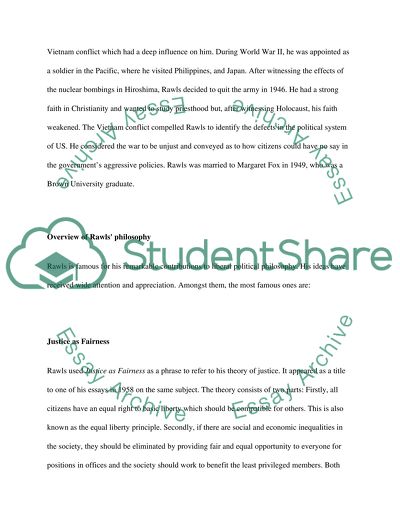Cite this document
(Justice as Fairness, Reflective Equilibrium, and Veil of Ignorance by Essay, n.d.)
Justice as Fairness, Reflective Equilibrium, and Veil of Ignorance by Essay. Retrieved from https://studentshare.org/philosophy/1566960-communication-ethics-philosopher-report-john-rawls
Justice as Fairness, Reflective Equilibrium, and Veil of Ignorance by Essay. Retrieved from https://studentshare.org/philosophy/1566960-communication-ethics-philosopher-report-john-rawls
(Justice As Fairness, Reflective Equilibrium, and Veil of Ignorance by Essay)
Justice As Fairness, Reflective Equilibrium, and Veil of Ignorance by Essay. https://studentshare.org/philosophy/1566960-communication-ethics-philosopher-report-john-rawls.
Justice As Fairness, Reflective Equilibrium, and Veil of Ignorance by Essay. https://studentshare.org/philosophy/1566960-communication-ethics-philosopher-report-john-rawls.
“Justice As Fairness, Reflective Equilibrium, and Veil of Ignorance by Essay”, n.d. https://studentshare.org/philosophy/1566960-communication-ethics-philosopher-report-john-rawls.


